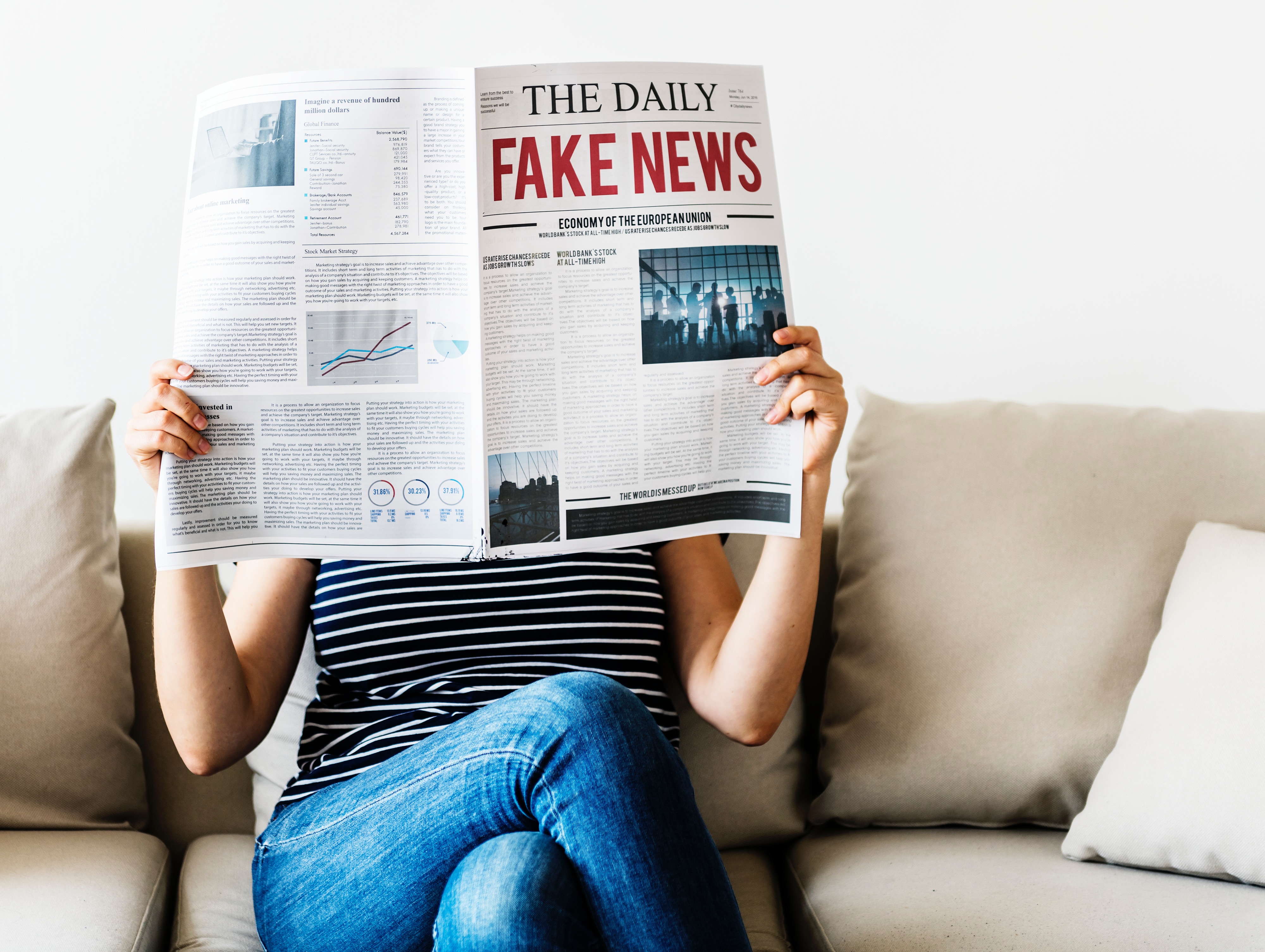
The label “fake news” has gained acceptance since the Trump candidacy and presidency took hold on our country. It seems that in countless news outlets, both online and traditional, this label is tossed at anything a writer may disagree with—or that his funding source disagrees with! Fake news is a type of journalism that deliberately intends to mislead by the spreading of false stories—sometimes made up by a writer, sometimes made up by a “source” and then published. These stories are often then picked up by mainstream media outlets, some of which have polished a reputation for being regular purveyors of misinformation.
These stories have real consequences for our republic. Fake news stories receive wide circulation on social media, for example Facebook News Feed and Twitter. The way Facebook News Feed aggregates news stories for Facebook subscribers contributes to the formation of social media echo chambers—groups, pages or discussions where like-minded opinions, ideals, beliefs and data—mostly false—is amplified. Also, competing or differing ideas are choked out and the prevailing beliefs seem to “win out” not because they are “right” but rather because they are repeated over and over again, without dissent.
Fake news stories also undermine public confidence in journalism, and attacks on the mainstream press, calling it the enemy of the American people are bald faced attempts to rewrite current day events in a way that satisfies the political ends of the speaker. This rewriting is a form of gas-lighting, defined as “an increasing frequency of systematically withholding factual information from, and/or providing false information to, the victim – having the gradual effect of making them anxious, confused, and less able to trust their own memory and perception.”
So how can we determine what is real and what is fake? The International Federation of Library Associations and Institutions (IFLA) has published guidelines on how to help recognize fake news:
- Consider the source (to understand its mission and purpose)
- Read beyond the headline (to understand the whole story)
- Check the authors (to see if they are real and credible)
- Assess the supporting sources (to ensure they support the claims)
- Check the date of publication (to see if the story is relevant and up to date)
- Ask if it is a joke (to determine if it is meant to be satire)
- Review your own biases (to see if they are affecting your judgement)
- Ask experts (to get confirmation from independent people with knowledge)
Another excellent source for fact checking and rumor busting is Snopes.com. Simply search on their site for a rumor or statement and find out how much (or how little) of it is true. Snopes is also excellent for providing context to statements and information.
In these post-truth, alternative fact times, with so many willing to twist information to suit their own needs, we must be ever more vigilant.
“The past was erased, the erasure was forgotten, and the lie became the truth.”






